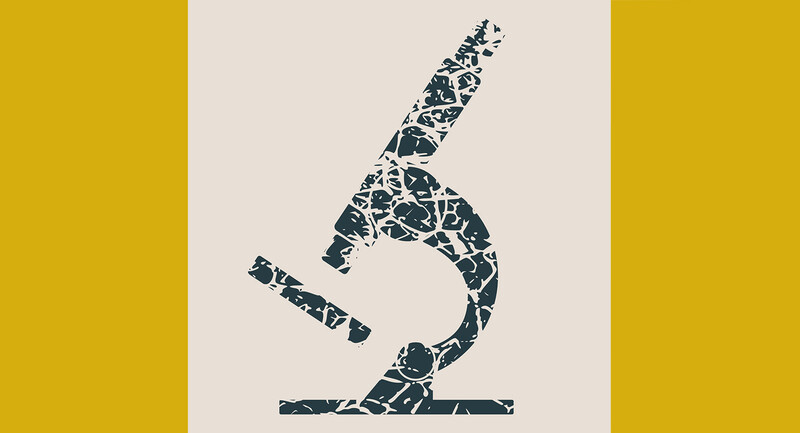The schools of my childhood were constructed firmly on the foundations of racism. During my early years, I didn't know any black kids in my city. We didn't go to the same movies, swim in the same pools, get books from the same libraries, eat in the same restaurants, play on the same sports teams, or stay in the same hotels. I didn't ever consider that there were schools for black kids hidden away in nearby neighborhoods. The students who attended them were invisible to me.
Some time in my early adolescence, I heard people on the radio—and around the dinner table—talk in couched language about "separate but equal schools." From what I could understand from these conversations, the idea was that black children had a right to better schools than the ones they attended—new books, furniture that wasn't handed down from the white schools, maybe even newer buildings. The adults around me seemed to suggest that it would be acceptable to upgrade black schools, but they were against the notion of having black and white children in the same schools. I silently puzzled over the idea that children—people—could somehow be perceived as equal when they had to be kept at a distance.
Uncivil Times
By my early college years, the "separate but equal" conversation had exploded, with sit-ins at drugstore counters, race riots, calls to action from people like Martin Luther King Jr. and Malcolm X, and marches into racially divided areas of the country by blacks and whites, arms linked.
During that incendiary time, the U.S. Supreme Court mandated the integration of public schools. In a single year after that mandate, nearly one dozen private schools popped-up, mushroom-like, in my hometown. They provided "black-free" learning alternatives for many affluent white families who were afraid of the imminent change.
Racial integration in public schools began as my college years continued. In my sophomore year of college, a black student living in my residence hall became a good friend, and as my perspectives and experiences shifted along with much of the outside world's, I started to understand the ways in which my own community contributed to the racial divides in our society. When I was a college senior, for example, my hometown church carefully deleted the names of black students from the list of new college freshmen before sending welcome letters to the entering class. When I discovered this, I understood for the first time that people whom I had seen as unfailingly honorable were silently contributing to the burning anger I'd seen on television. Race-based injustice and inequity were and had always been part of my protected world. And I knew that I was contributing to it in ways I had never considered.
My first year of teaching coincided with the first year of mandated integration in the largely impoverished rural area where I taught. Anger and fear hung heavy in the air. Black students were bused to school on the early run. White students had the opportunity to sleep longer. In the afternoon, white students went home on the first bus run. Black students waited. Water fountains still bore signs that warned, "Whites Only"—or "No Coloreds"—or worse. And that doesn't even begin to tell the story of the racial tension that simmered in those days.
A Long Road Still to Travel
It's clear we've made very real progress in addressing race-based inequity and injustice in America's public schools since my first years as a teacher. To deny that would be to dishonor the courage and legacy of countless people, both known and unknown to us. But we would have to be wholly insentient not to see that much still needs to be done.
We still have many schools that are separate and unequal—not by law now, but because as a society, we tolerate poorly maintained buildings with scant materials and minimal services that are populated largely by students of color. These schools are still often tucked out of sight in urban or rural areas where poverty and discouragement characterize the students; where teachers, too, are discouraged; and where the quality of learning and level of expectations for students would never be tolerated by parents whose children go to schools in more affluent neighborhoods.
We still track students by perceived ability in most of our schools, so non-white students from low-income homes are often placed in low-track classes and encounter a "pedagogy of poverty" that perpetuates hardship, while largely white and Asian students in high-track classes persistently encounter a "pedagogy of plenty," designed to ensure pathways to prosperity for those students.
It's still the case that students in low-track classes are more likely than their counterparts in high-track classes to learn from teachers who are inexperienced, less enthusiastic, or less prepared. It is still true that harsh disciplinary measures are meted out to students of color far more often than to white students.
In addition, faculties in most schools are not representative of the student diversity, so that students of color are less likely to have teachers who look like them and who have a firsthand sense of their backgrounds and cultures. Further, many schools fall short of providing either content or pedagogy that helps students from a broad range of backgrounds to see themselves in schools, and thus see themselves as belonging and achieving in the school's culture.
These realities degrade the mission of education, the promise of this country, and most tragically, the humanity of so many students in our care. We have such a long way to go—after so long a time.
We need leaders and policymakers who have the fortitude to say, "Not in this city, this county, this state! We won't permit systems and processes that perpetuate a second-rate education for any of our young people."
We need principals who have the courage to say, "We cannot continue to have two schools in our building—one that prepares students for productive futures and one that prepares students to be marginalized."
We need teachers who have the stamina to say, "I believe we learn more powerfully when we learn together. I have it in me to support all of our students in having equity of access to the best education we know how to provide."
After half a century in schools that still too often perpetuate inequity, I'm sad to echo Supreme Court Justice Thurgood Marshall, who more than two decades ago said, "I wish I could say that racism and prejudice were only distant memories…. We must dissent from the indifference. We must dissent from the apathy. We must dissent from the fear, the hatred and the mistrust…. We must dissent because America can do better, because America has no choice but to do better."1








